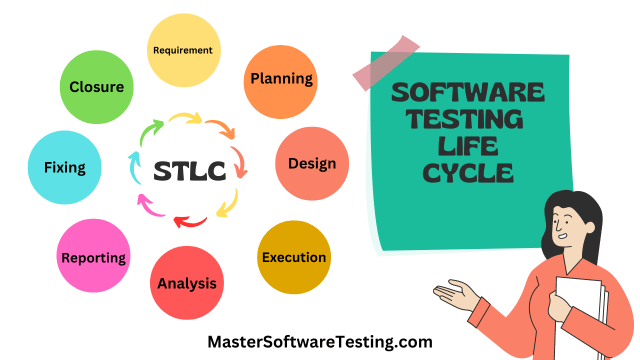
4/25/2023
My latest article - What is Exploratory Testing? Learn with a real world example
 Navigating the Fixing
Phase in the Software Testing Lifecycle
Navigating the Fixing
Phase in the Software Testing Lifecycle
In this article, we'll delve into the Fixing phase of the Software Testing Lifecycle (STLC). You'll learn the steps, deliverables, entry and exit criteria, risks, schedules, and tips for performing this phase effectively.
Test analysis is the seventh phase in the software testing lifecycle, after test requirement analysis, test planning, test design, test execution, test reporting and before test closure.
 Phases of the Software
Testing Lifecycle
Phases of the Software
Testing Lifecycle
 Steps in
Fixing Phase
Steps in
Fixing Phase
 Entry and Exit Criteria for Fixing Phase
Entry and Exit Criteria for Fixing Phase
The risks and schedule for fixing are as follows:
Risks
Schedule
The fixing schedule should be realistic and achievable. It should take into account the following factors:
 Tips for
Performing Effective Fixing Phase
Tips for
Performing Effective Fixing Phase
The Fixing phase is a critical component of the Software Testing Lifecycle.
By understanding the steps, deliverables, entry and exit criteria, risks, and schedules, and implementing effective fixing strategies, you can enhance application quality and optimize the testing